About two years ago, City Councillor Mitch O’Farrell said at a city hearing that the fruity, sweet, and silky flavors are “a new and attractive delivery system that can make children addicted to nicotine.” .
When the issue was first discussed in the city hall, members of the council suggested limiting the on-site sales of some flavored tobacco products in special lounges. At the same time, waterpipe sellers stated that the plan is still too strict for a variety of reasons.
Subsequently, in September last year, City Attorney Mike Feuer once again called on the City Council to implement a comprehensive fragrance ban, including e-cigarette products. Feuer’s office has proposed a new proposed bill that includes an exemption for flavored waterpipes based on a majority request from the city council, but the city prosecutor is trying to remove this exemption.
Similarly, in August 2020, Senator Jerry Hill’s SB 793 banned the sale of flavored tobacco products in San Francisco . Consistent with expert predictions before the ban took effect, the data show that the measure has just caused teenagers to switch from e-cigarettes to smoking.
In addition to facing strong opposition from the tobacco industry and retailers in the last days of the 2019-20 Legislative Council, the flavor ban SF also cause public health experts concerned , they predict this will encourage young people to re-smoking ordinary cigarettes.
Similarly, the city’s chief economist Ted Egan’s office is responsible for analyzing the economic impact of San Francisco’s legislation, and he confirmed that the ban will only lead to an increase in smoking rates. Sadly, the data continues to confirm this.
A recent study published in JAMA found. Following the taste ban in San Francisco, high school teenagers in the city are more likely to occupy less than where no taste ban is imposed on teenagers smoking in American school districts. Although before the ban, the smoking rate in San Francisco was similar to the smoking rate in many cities across the country.


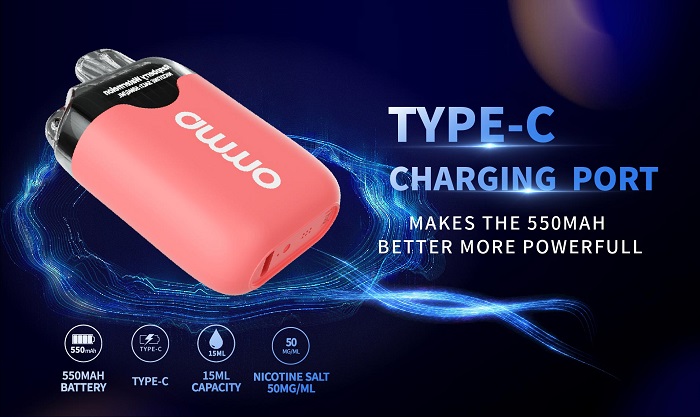
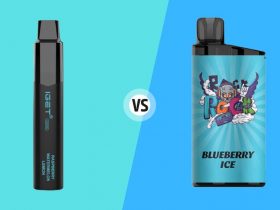
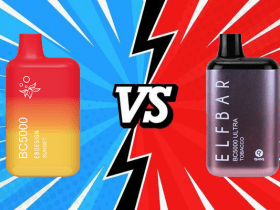
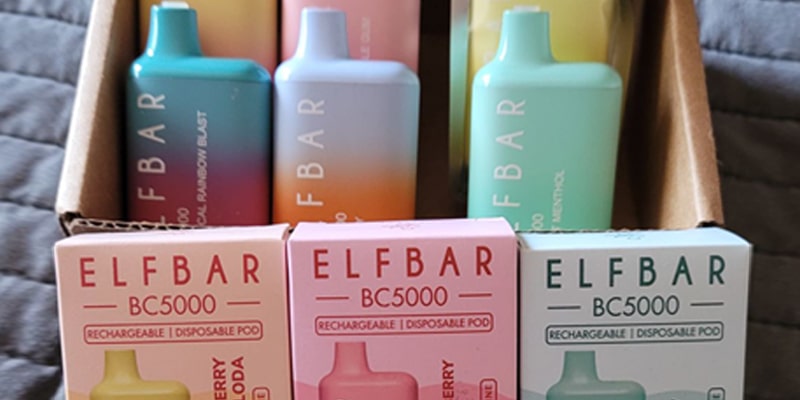
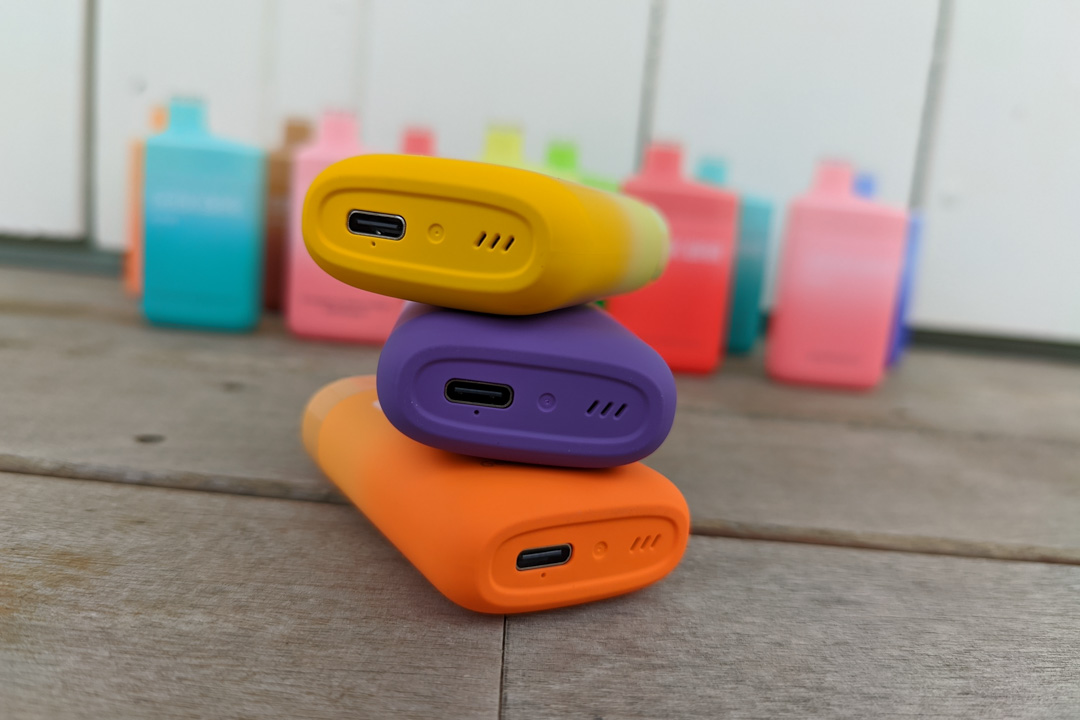

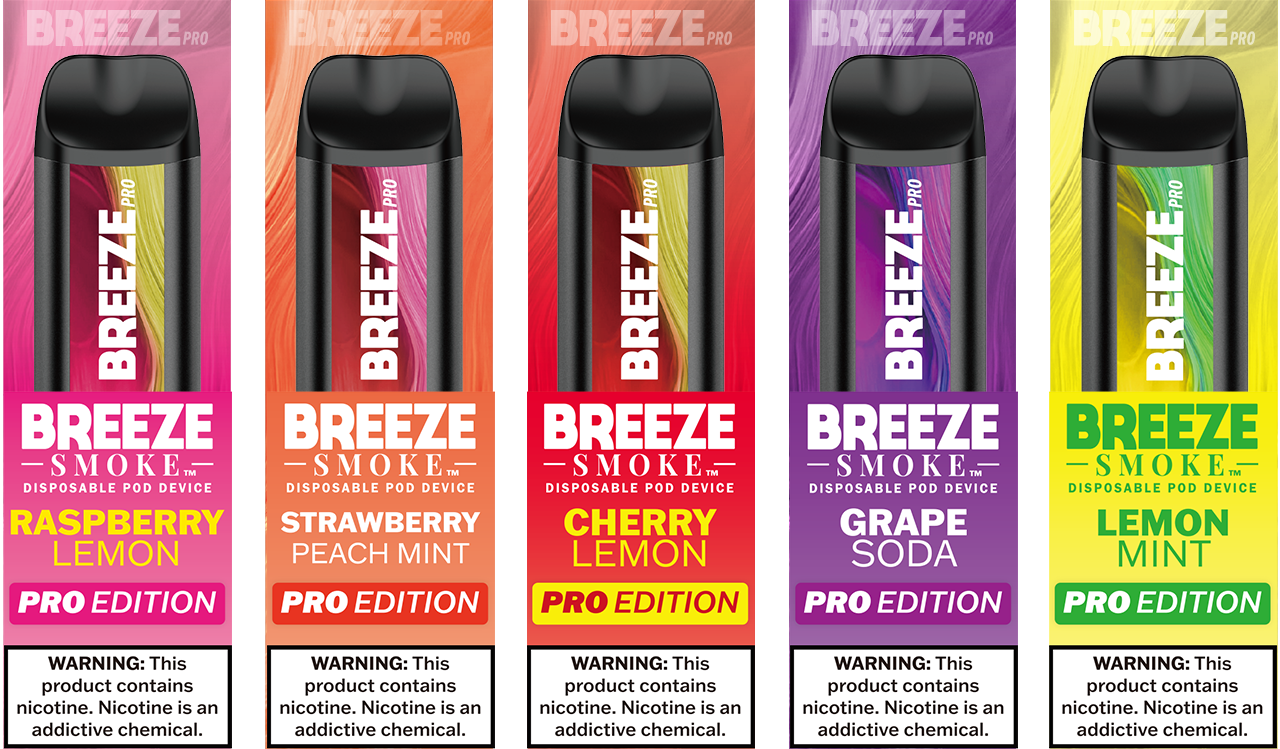

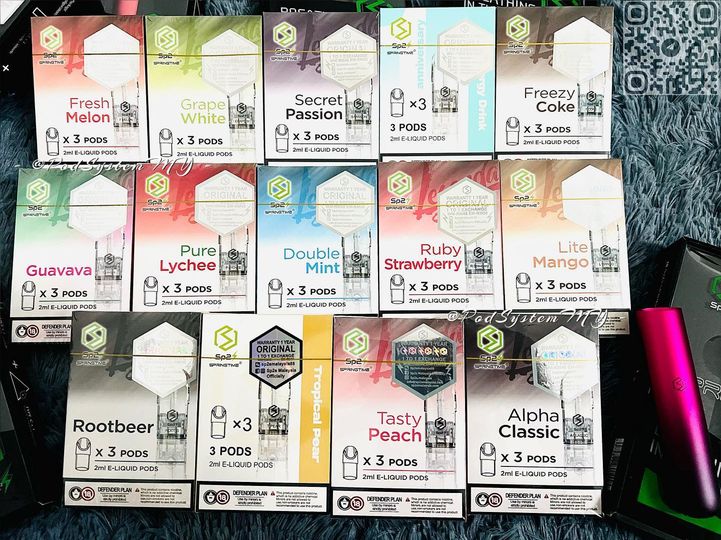
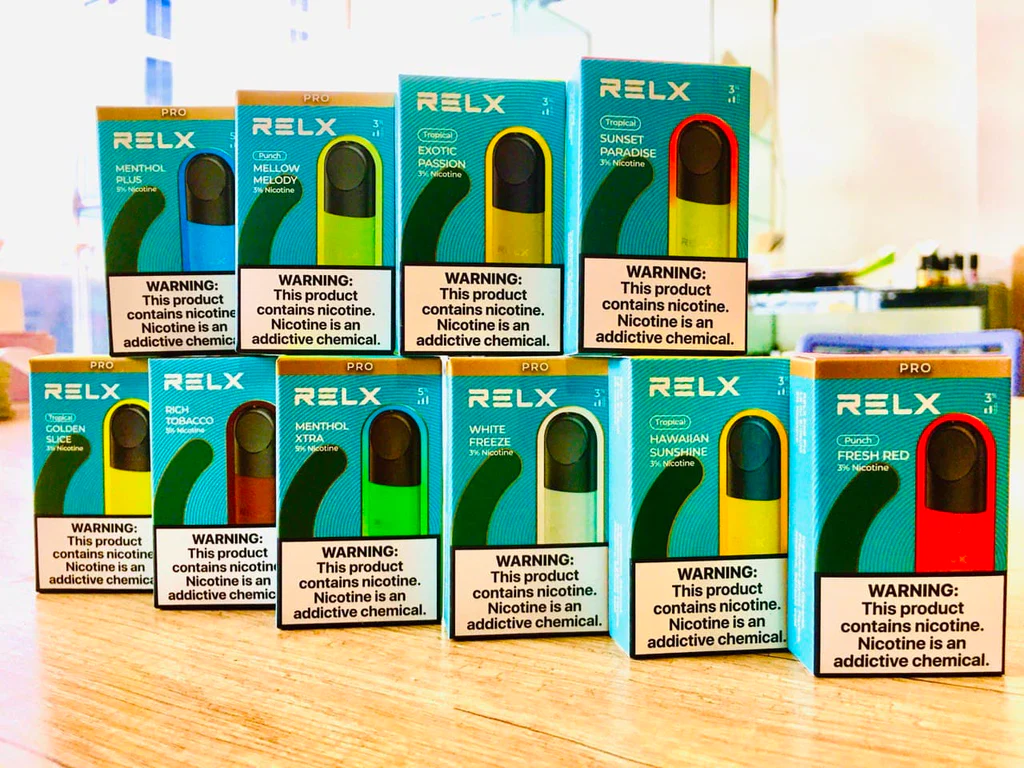
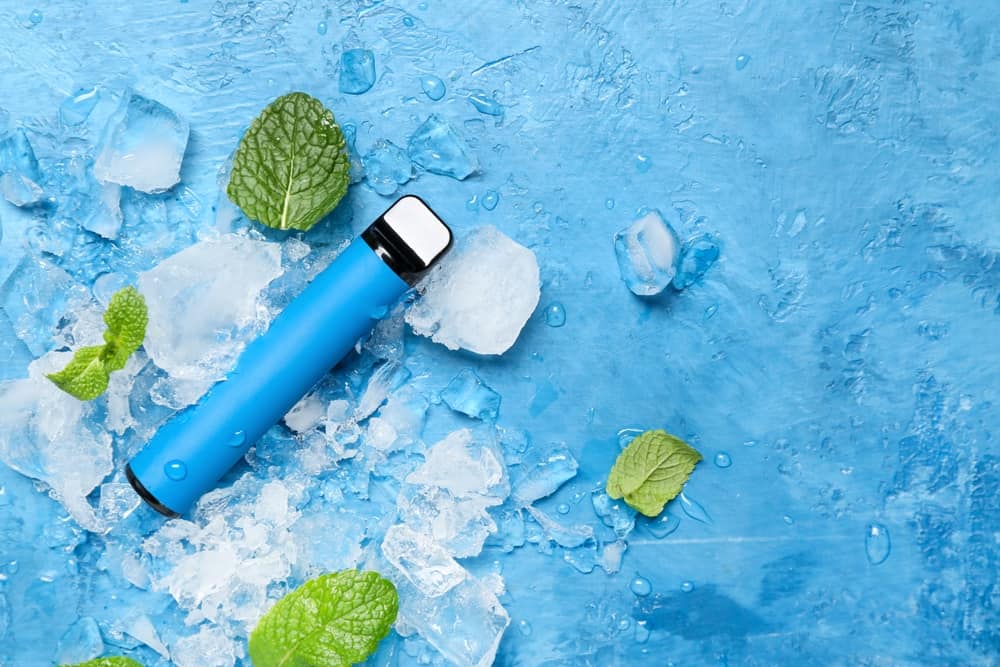
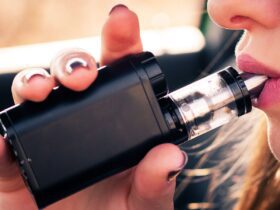
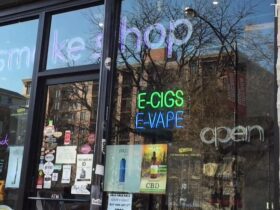


Leave a Reply